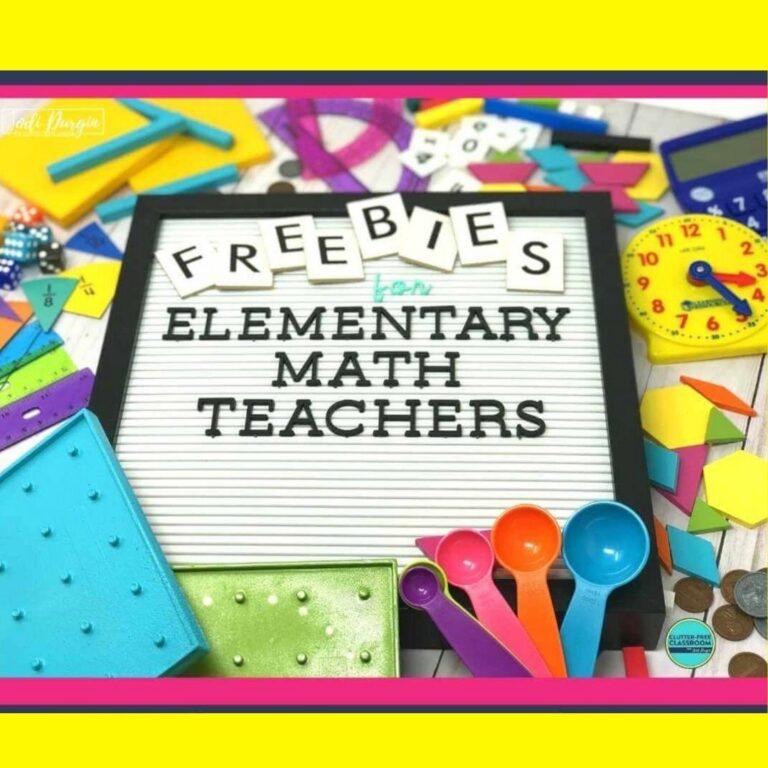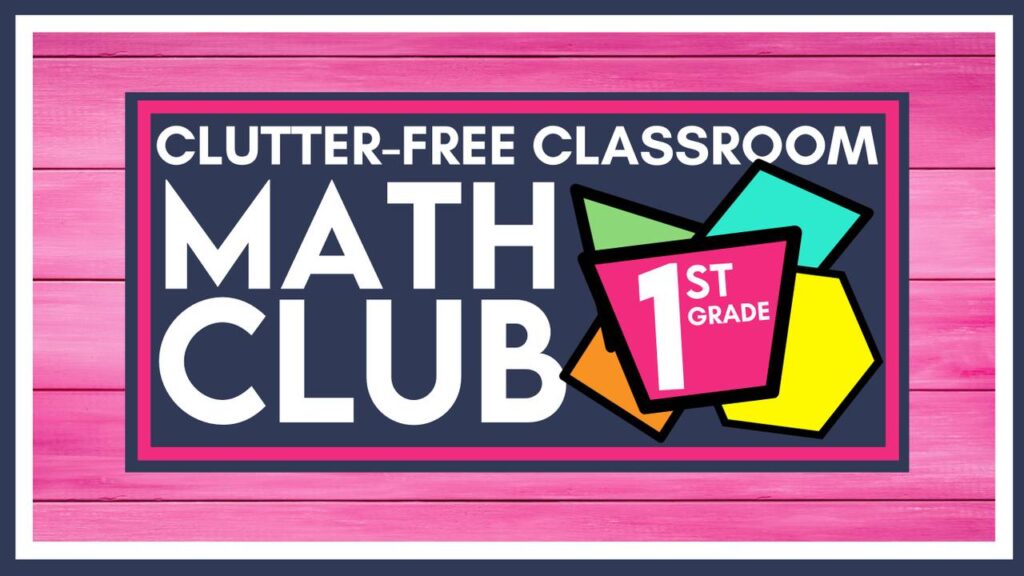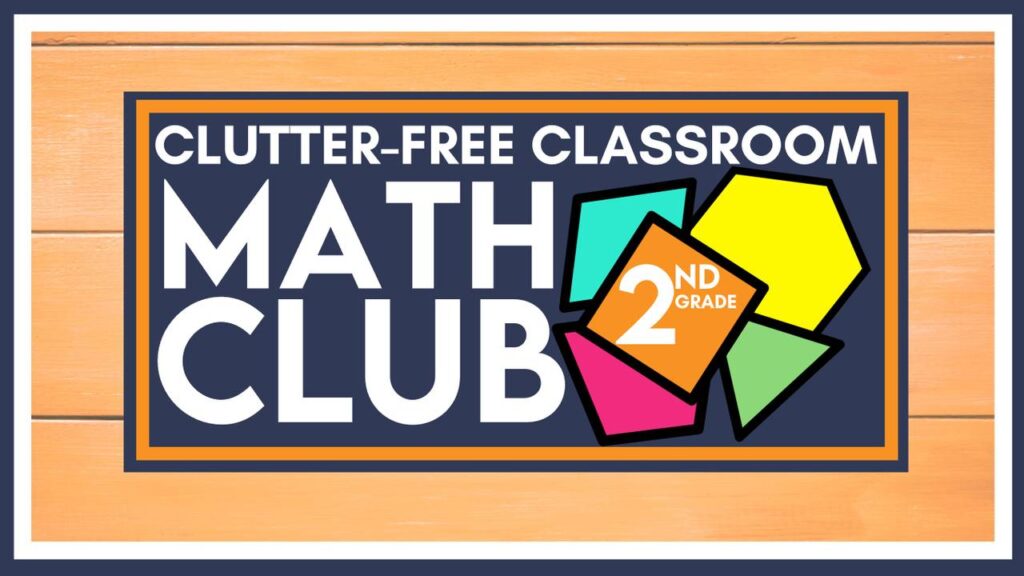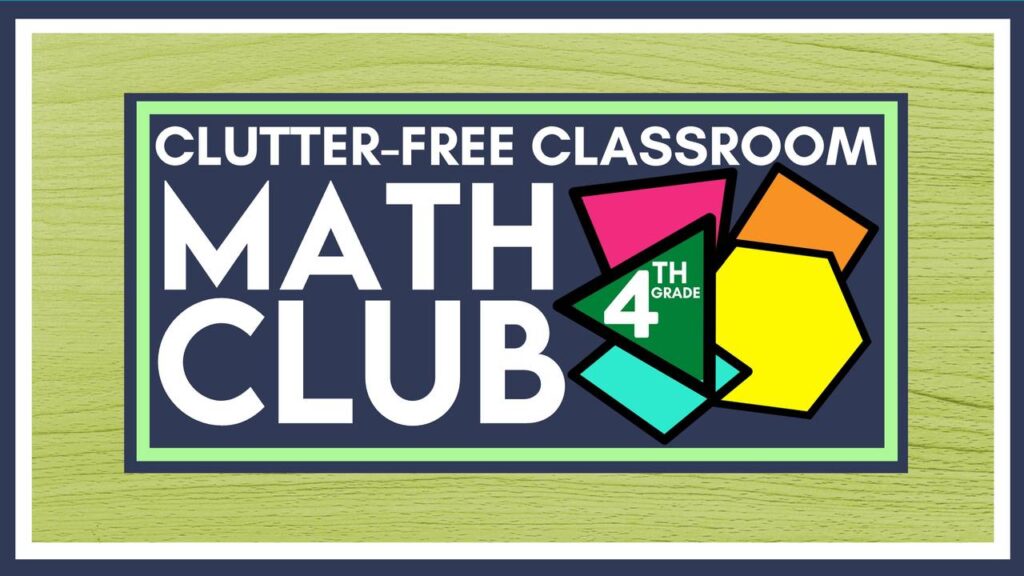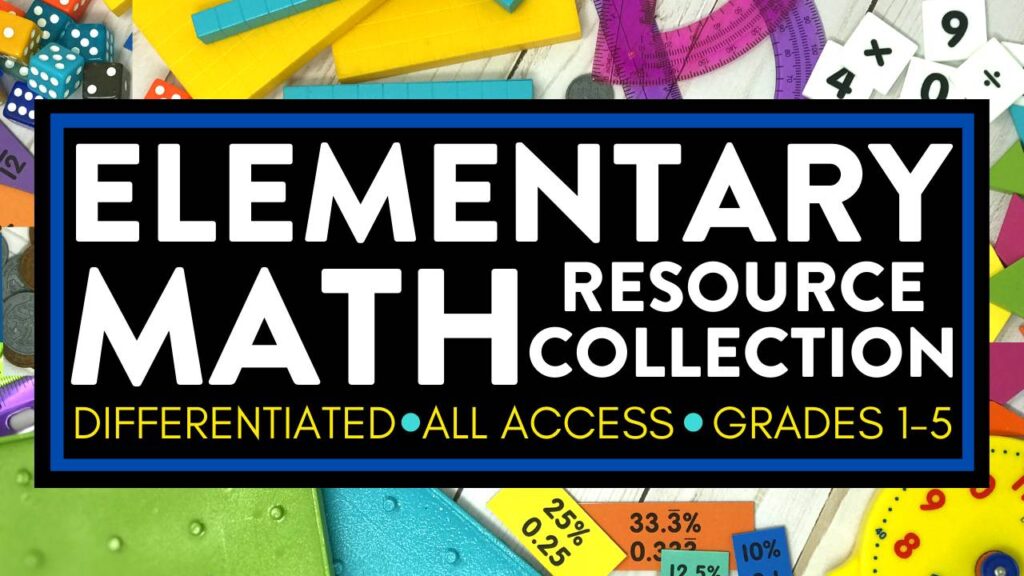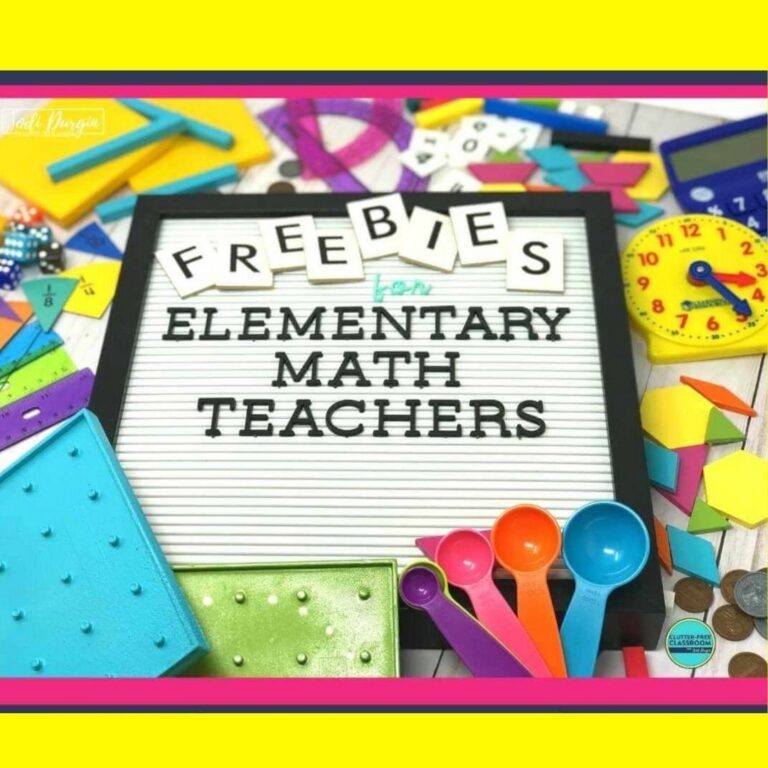If you are an elementary teacher looking for tips and ideas for how to teach volume, then you found the right place! Learn what volume is, why it’s important, what your students need to know, and get 5 helpful tips for teaching it in a fun and engaging way. Read all about teaching volume below!
What is Volume?
Volume is a way to measure how much space a liquid takes up. In third grade, students explore measurement by determining when they need to use measurements of liquid volume in real world problems and, if the situation calls for it, they measure and estimate volumes of objects using standard units and tools.
Why is Volume Important?
It’s important for students to learn volume because it is an important skill used in our everyday lives. It helps us calculate how much space a liquid occupies. It also helps us while cooking, building and even conducting science experiments!
What Volume Skills Do Students Need to Know?
Below are the Common Core and TEKs standards that relate to volume that define what students should be able to do by the end of the school year.
Common Core Standards
3rd Grade
- Measure and estimate liquid volumes and masses of objects using standard units of grams (g), kilograms (kg), and liters (l). Add, subtract, multiply, or divide to solve one-step word problems involving masses or volumes that are given in the same units, e.g., by using drawings (such as a beaker with a measurement scale) to represent the problem. (3.MD.A.2)
TEKS
3rd Grade
- Determine when it is appropriate to use measurements of liquid volume (capacity) or weight. (3.7D)
- Determine liquid volume (capacity) or weight using appropriate units and tools. (3.7E)
5 Tips for How to Teach Volume
Below are 5 helpful tips for teaching volume to elementary students.
1. Read Aloud Picture Books that Teach Volume
Reading aloud picture books is a great way to integrate literacy into your math block and present information in a different way. Our favorite picture books for teaching volume are Pastry School in Paris An Adventure in Capacity by Cindy Neuschwander, Perimeter, Area and Volume: A Monster Book of Dimensions by David A. Adler and Me and the Measure of Things by Joan Sweeney. Check out the full list of math picture books we recommend!
2. Offer Hands On Learning Experiences
Hands-on math experiences help students make connections, remember their learning, and develop a deep conceptual understanding of the content. You can make any lesson interactive and engaging by offering math manipulatives. Our favorite math manipulatives for teaching volume are geoboards and a liquid measurement set.
3. Explicitly Teach Related Math Vocabulary
Teaching math vocabulary is essential for all students, but it is especially beneficial for students who speak English as a second language and students with learning differences. Key vocabulary terms for volume are nonstandard unit, standard unit, measure, estimate, Metric system, Imperial system, fluid, liquid volume, capacity and liter (L).
4. Give Students Opportunities to Apply Volume to the Real World
Learning becomes more meaningful when students understand how it connects to the real world. Students are more engaged and invested in their learning. Some examples of ways we use volume in the real world are to help us determine the amount of milk required for a recipe, to determine how much water is needed to fill a swimming pool, and to determine how much water we need every day in our diets. Project based learning and word problems are examples of opportunities for students to apply their learning to real world situations.
5. Encourage Parent Involvement
Parent participation in math is essential because it impacts students’ attitude toward math, proficiency levels this school year, and future success in their math education. Be sure to keep communication open with families and share ways they can support their children in their math learning. Some examples of ways they can practice volume at home are when preparing food, filling up a vehicle’s gas tank or when adding detergent to a washing machine.
In closing, we hope you found this information about how to teach volume helpful!

